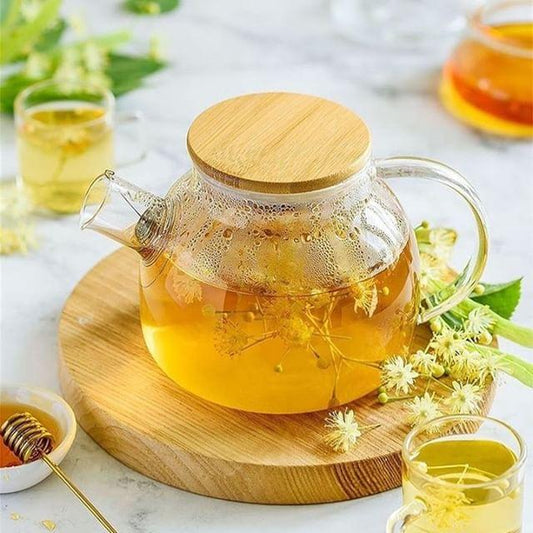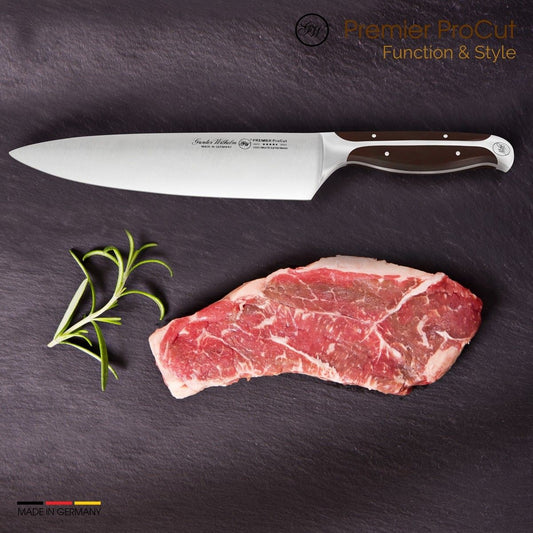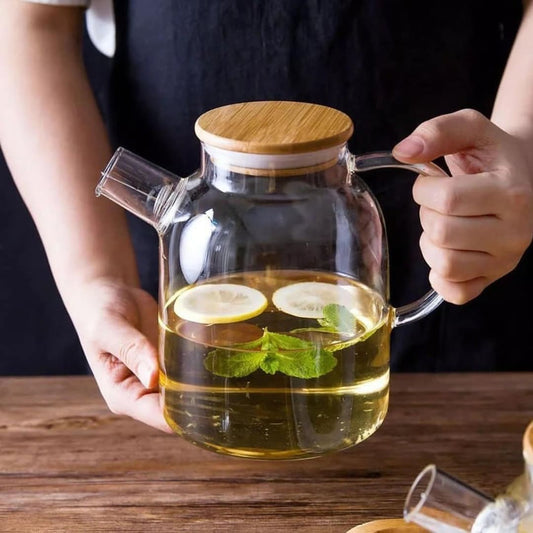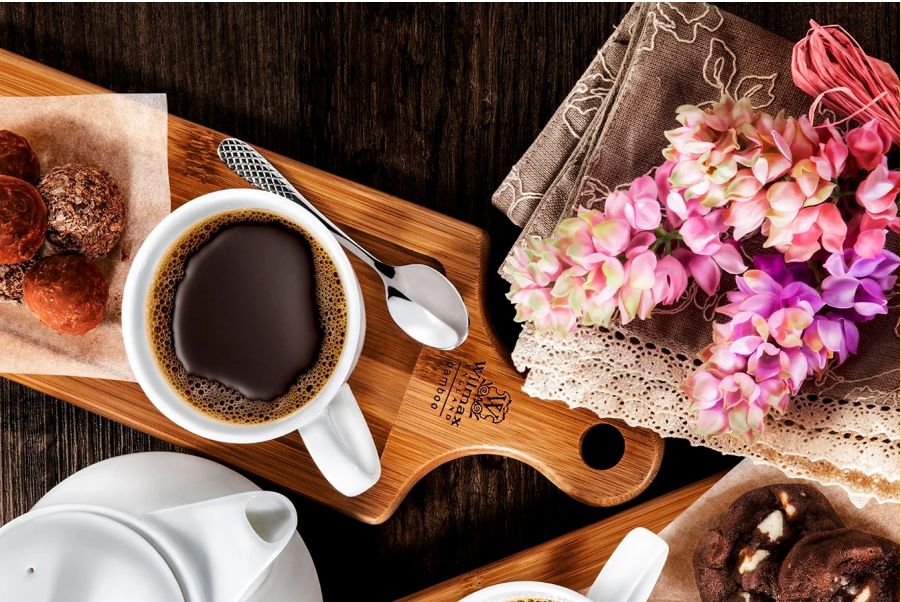Texture Talk: Why Rough, Matte, and Handcrafted Finishes Feel Luxurious

Texture Talk: Why Rough, Matte, and Handcrafted Finishes Feel Luxurious
The rise of tactile tableware — how texture is redefining luxury, from artisan plates to touch-first dining design.
In a world where sleek and glossy once ruled, luxury dining is taking a new direction — and it’s delightfully imperfect. From stoneware bowls with uneven rims to matte-finished plates that feel soft under the fingertips, today’s most sophisticated tables are celebrating texture. This shift marks a quiet rebellion against sterile minimalism: a return to tactility, craft, and the beauty of the handmade.
🖐️ The Luxury of Feel
Once upon a time, “luxury” meant flawless shine — glassy porcelain, polished cutlery, mirror-like surfaces. But the new generation of designers and chefs has realized that true luxury isn’t just seen — it’s felt. There’s a sensory intimacy in holding a cup that’s slightly rough, or running your hand over a matte plate that feels warm and organic.
“Texture connects us to the maker,” says ceramic artist Lina Petrov. “It reminds us that someone’s hands shaped this — it’s not just a product, it’s a story.”
🍽️ The Rise of Handcrafted Tableware
Restaurants at the forefront of design — from Copenhagen to Kyoto — are swapping factory-perfect dinnerware for artisan pieces. The look is rustic yet refined: bowls with thumb indentations, uneven glazes, and rough clay bases that tell of their origin. These imperfections are no longer flaws — they’re status symbols.
In fact, some fine dining restaurants now collaborate directly with ceramicists to design exclusive pieces for each menu. A minimalist tasting dish might arrive on coarse slate; a dessert on a matte charcoal plate that absorbs light rather than reflecting it.
“Each dish interacts differently with texture,” explains chef Marco Yano. “Crisp foods feel crisper on rough ceramics. Smooth sauces look more elegant on matte surfaces. Texture makes flavor visual.”
🌾 Nature’s Palette: Earth, Stone & Clay
The color trends follow the tactile movement: sand, ash, moss, and charcoal tones dominate. These natural hues mirror the materials themselves — earth-derived clays and mineral-based pigments that create subtle variations across every piece. It’s a color story rooted in authenticity and calm.
Matte finishes, in particular, have become the hallmark of this new luxury. Unlike gloss, which reflects perfection, matte absorbs light — inviting touch and intimacy. It’s understated confidence, quietly saying: “You don’t need to sparkle to stand out.”
🍷 Touch as the New Aesthetic
This sensory approach goes beyond plates. Textured glassware, linen napkins, and carved wooden serving trays are part of the same movement. Restaurants are designing experiences where every surface — from the coaster to the cutlery — feels intentional.
Diners subconsciously respond to these tactile cues. A matte cup feels artisanal, an irregular plate feels honest. The physical sensation enhances the emotional one, making the meal memorable beyond taste alone.
🎨 Imperfection as Identity
In many ways, texture’s comeback reflects a broader cultural mood: a rejection of overproduction and a celebration of individuality. The hand-thrown cup with tiny glaze drips isn’t a flaw — it’s proof of the maker’s humanity.
“Luxury used to be about control,” notes design critic Eva Lund. “Now it’s about emotion. Texture makes luxury human again.”
🌍 The Tactile Future of Dining
As sustainability and craftsmanship continue to shape hospitality, expect texture to remain at the center of the conversation. Chefs, potters, and designers alike are united by a common belief: dining should be felt, not just seen. The future of luxury lies in experience — the soft roughness of a plate, the warmth of clay, the echo of human touch.
In the end, the most beautiful tables aren’t polished to perfection — they’re textured with soul.
Share:





